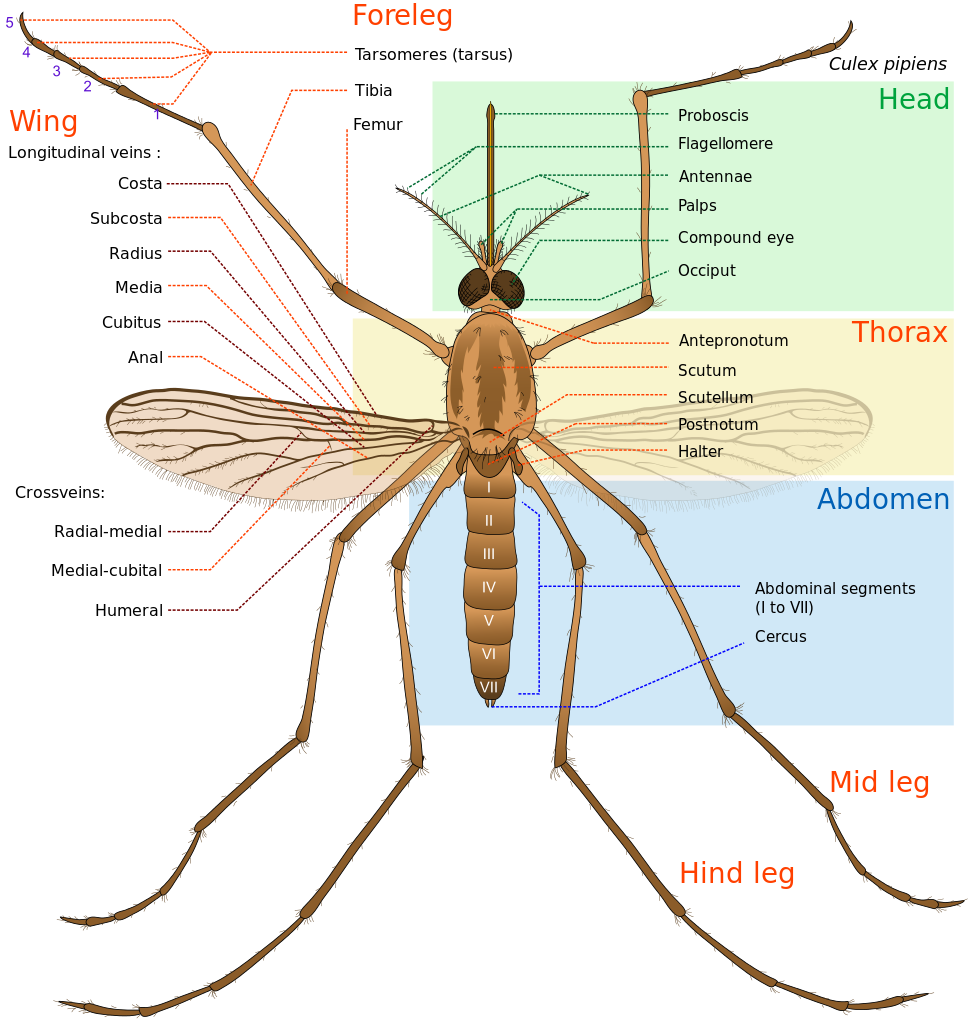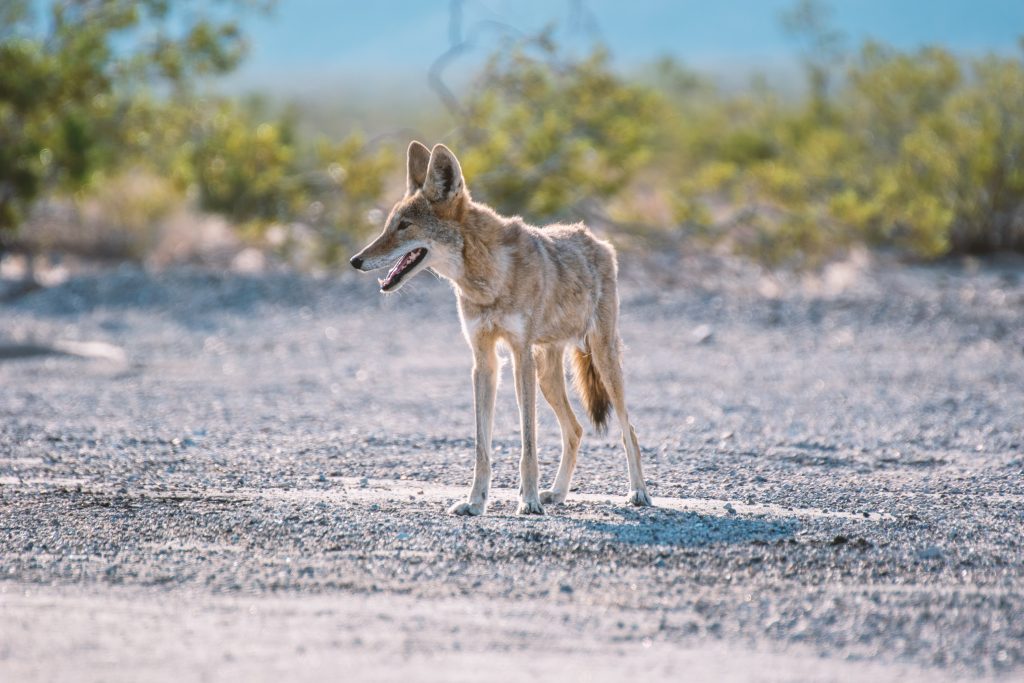Origin of the Virus
West Nile virus was first identified in 1937 in Uganda in eastern Africa. It was first discovered in the United States in the summer of 1999 in New York. Since then, the virus has spread throughout the US. Researchers believe West Nile virus is spread when a mosquito bites an infected bird and then bites a person.
Symptoms onset
If you have West Nile virus, you will typically show the first virus symptoms within 3-14 days of being bitten.
How do you know if you have West Nile virus?
Symptoms and signs of West Nile virus include fever, headache, body aches, skin rash, and swollen lymph nodes. Severe symptoms and signs may include stiff neck, sleepiness, disorientation, coma, tremors, convulsions, and paralysis. Most cases ofWest Nile virus infection are mild and go unreported
 (more…)
(more…)


